How to Grow Shallots - Organic Gardening Blog
Por um escritor misterioso
Last updated 28 março 2025
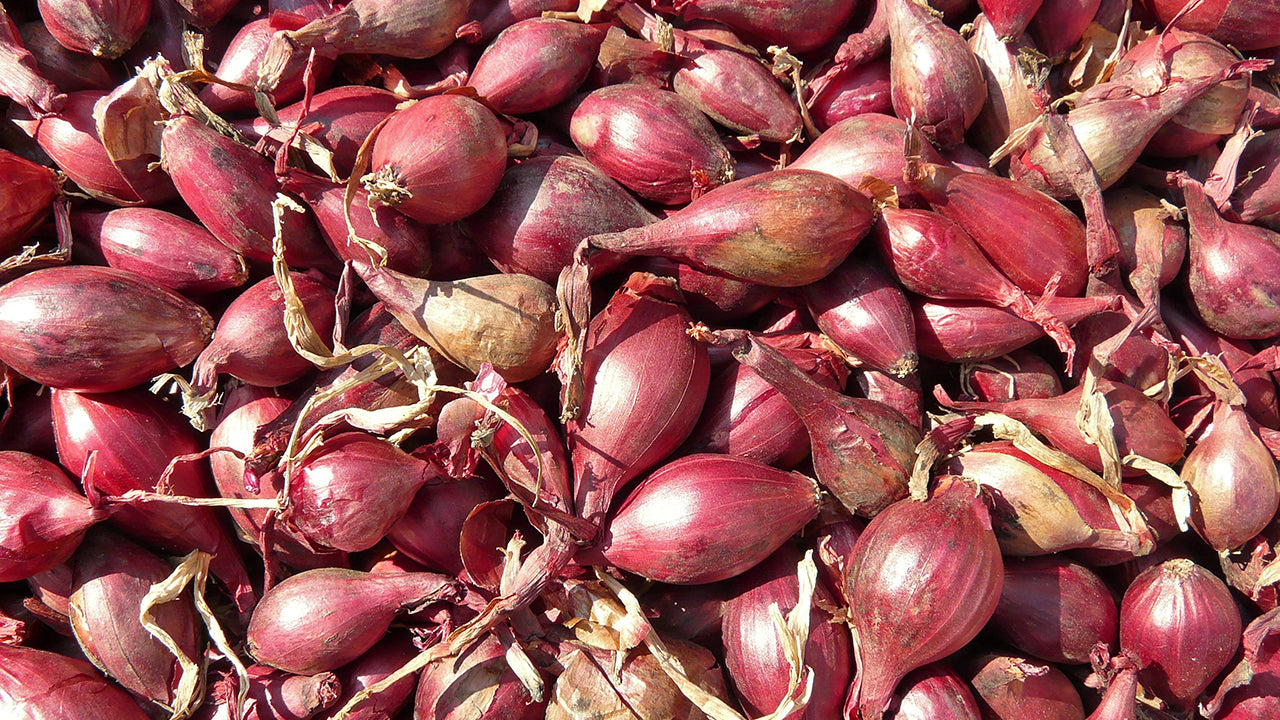
Learn to grow shallots with our handy growing guide; from how to prepare your soil, which bulbs to plant, spacing, fertilizing, and when to harvest.
Preparation Shallots are very tolerant to a wide range of soils. They can be grown in acidic soil down to 5 pH, but prefer 6.0–6.8 pH. Best to plant in fertile, well-drained soil. The looser the composition of the soil, the larger your shallots will grow. Prepare your shallot bed by turning under or tilling in compost (be sure to use compost that is fully aerobically broken down and contains animal manures and plant residues, rather than cedar or redwood). Make sure your soil has ample phosphorus. Gophers love shallots as much as they like garlic; protect your beds with gopher wire or traps. Planting & Growing Shallots are planted from bulbs, rather than cloves like garlic. Also if you plant smaller shallots, you tend to get larger bulbs produced in the following harvest. Shallots should be spring planted in very cold areas. Separate multiple bulbs and plant each individual bulb, root end down. Space 6–8” apart with 10–12” between rows. Plant just deep enough so that the tip lies level with the soil surface. Unlike garlic, which forms a bulb from a clove, shallots will form a cluster of 5–12 bulbs around the original bulb. This cluster will spread out more than a garlic bulb and therefore requires more space between plants. Do not use mulch as it may rot bulbs, which are not strong enough to push through mulch. After planting shallots, water well or lightly if in heavy soils, and only water again when the soil is dry. Remember, shallots love water and food, but they must have good drainage or the bulbs will rot. In the spring, feed the shallots with either composted manure or a well-balanced fertilizer before the bulbs begin to enlarge. Keep the bulbs well watered and weeded; they grow best with at least 1” of water per week. Remove any seed stalks that form to focus the shallots’ energy into forming bulbs. Harvesting Your shallots can be harvested when leaves turn brown and begin to fall over. Loosen the soil and dig up the shallot cluster. Remove soil and cure in a well ventilated shady location for about 1 month. After cured, remove dried tops and store in a cool (50°F) dry location (away from apples and tomatoes which give off ethylene gas). Can be stored in mesh bags. Save the smaller bulbs for replanting.
Preparation Shallots are very tolerant to a wide range of soils. They can be grown in acidic soil down to 5 pH, but prefer 6.0–6.8 pH. Best to plant in fertile, well-drained soil. The looser the composition of the soil, the larger your shallots will grow. Prepare your shallot bed by turning under or tilling in compost (be sure to use compost that is fully aerobically broken down and contains animal manures and plant residues, rather than cedar or redwood). Make sure your soil has ample phosphorus. Gophers love shallots as much as they like garlic; protect your beds with gopher wire or traps. Planting & Growing Shallots are planted from bulbs, rather than cloves like garlic. Also if you plant smaller shallots, you tend to get larger bulbs produced in the following harvest. Shallots should be spring planted in very cold areas. Separate multiple bulbs and plant each individual bulb, root end down. Space 6–8” apart with 10–12” between rows. Plant just deep enough so that the tip lies level with the soil surface. Unlike garlic, which forms a bulb from a clove, shallots will form a cluster of 5–12 bulbs around the original bulb. This cluster will spread out more than a garlic bulb and therefore requires more space between plants. Do not use mulch as it may rot bulbs, which are not strong enough to push through mulch. After planting shallots, water well or lightly if in heavy soils, and only water again when the soil is dry. Remember, shallots love water and food, but they must have good drainage or the bulbs will rot. In the spring, feed the shallots with either composted manure or a well-balanced fertilizer before the bulbs begin to enlarge. Keep the bulbs well watered and weeded; they grow best with at least 1” of water per week. Remove any seed stalks that form to focus the shallots’ energy into forming bulbs. Harvesting Your shallots can be harvested when leaves turn brown and begin to fall over. Loosen the soil and dig up the shallot cluster. Remove soil and cure in a well ventilated shady location for about 1 month. After cured, remove dried tops and store in a cool (50°F) dry location (away from apples and tomatoes which give off ethylene gas). Can be stored in mesh bags. Save the smaller bulbs for replanting.
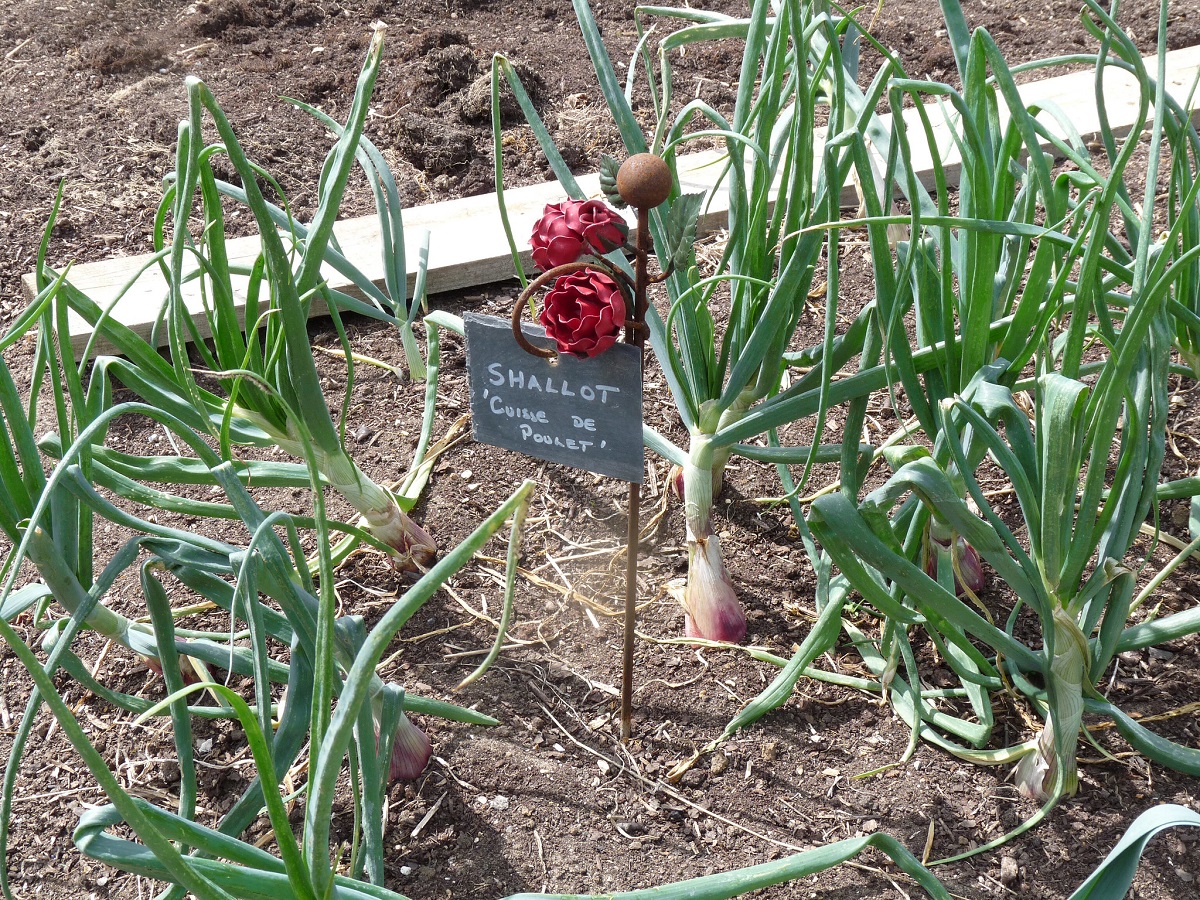
Growing Shallots • Insteading
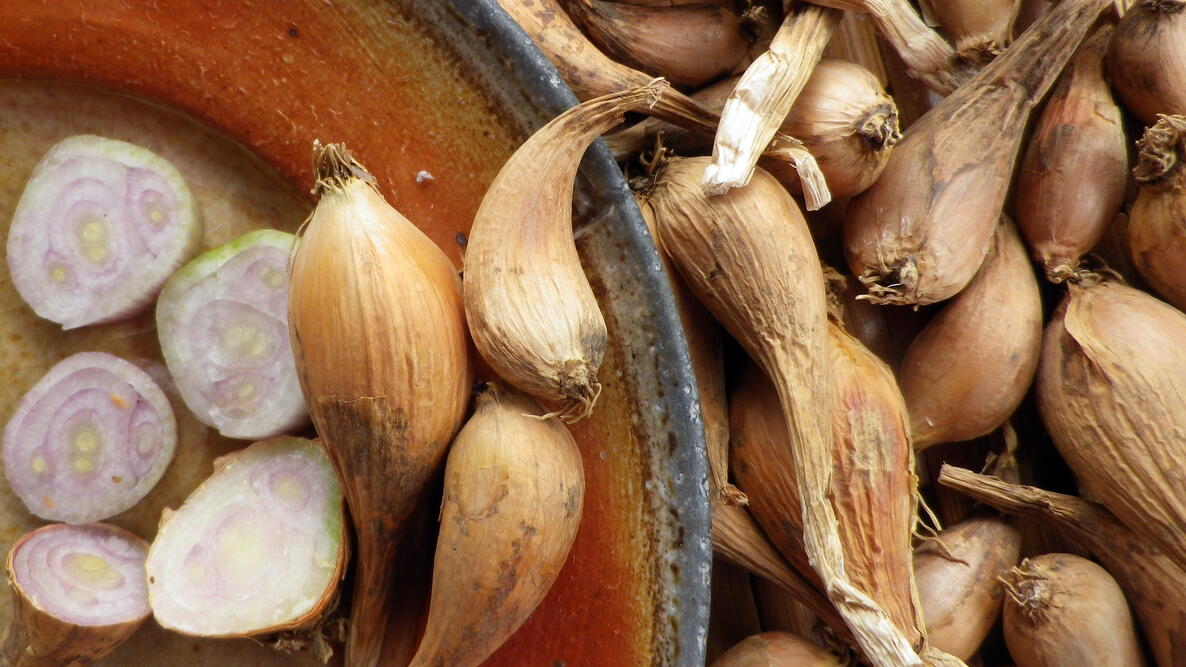
Growing Shallots: How to Plant Shallots in Fall
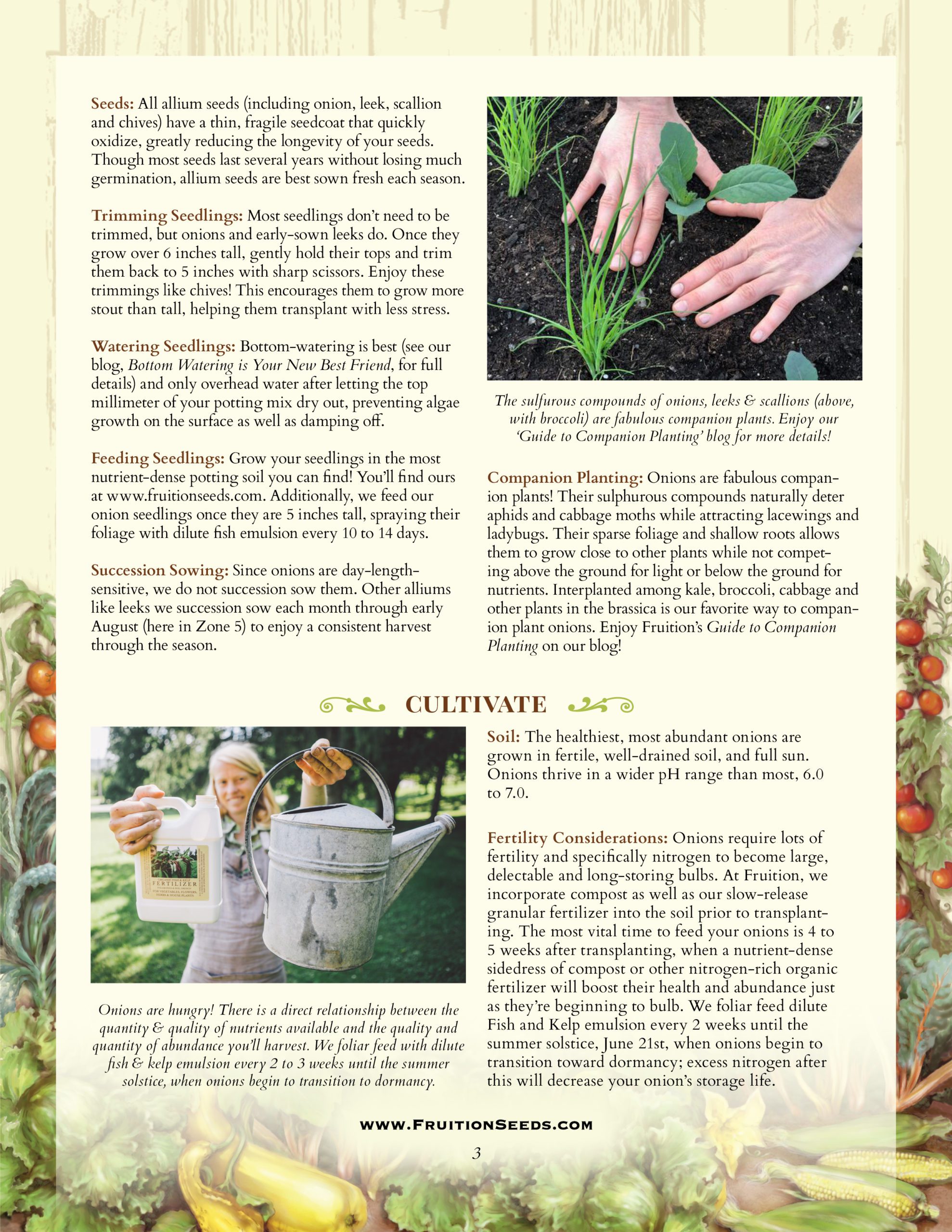
Organic Dutch Red Shallot - Fruition Seeds
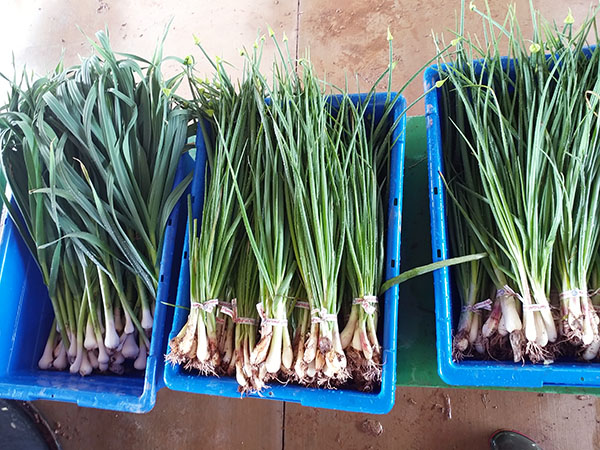
Shallions, bulbs, and edible flowers: Three crops from one fall

Learn About Shallots - Burpee
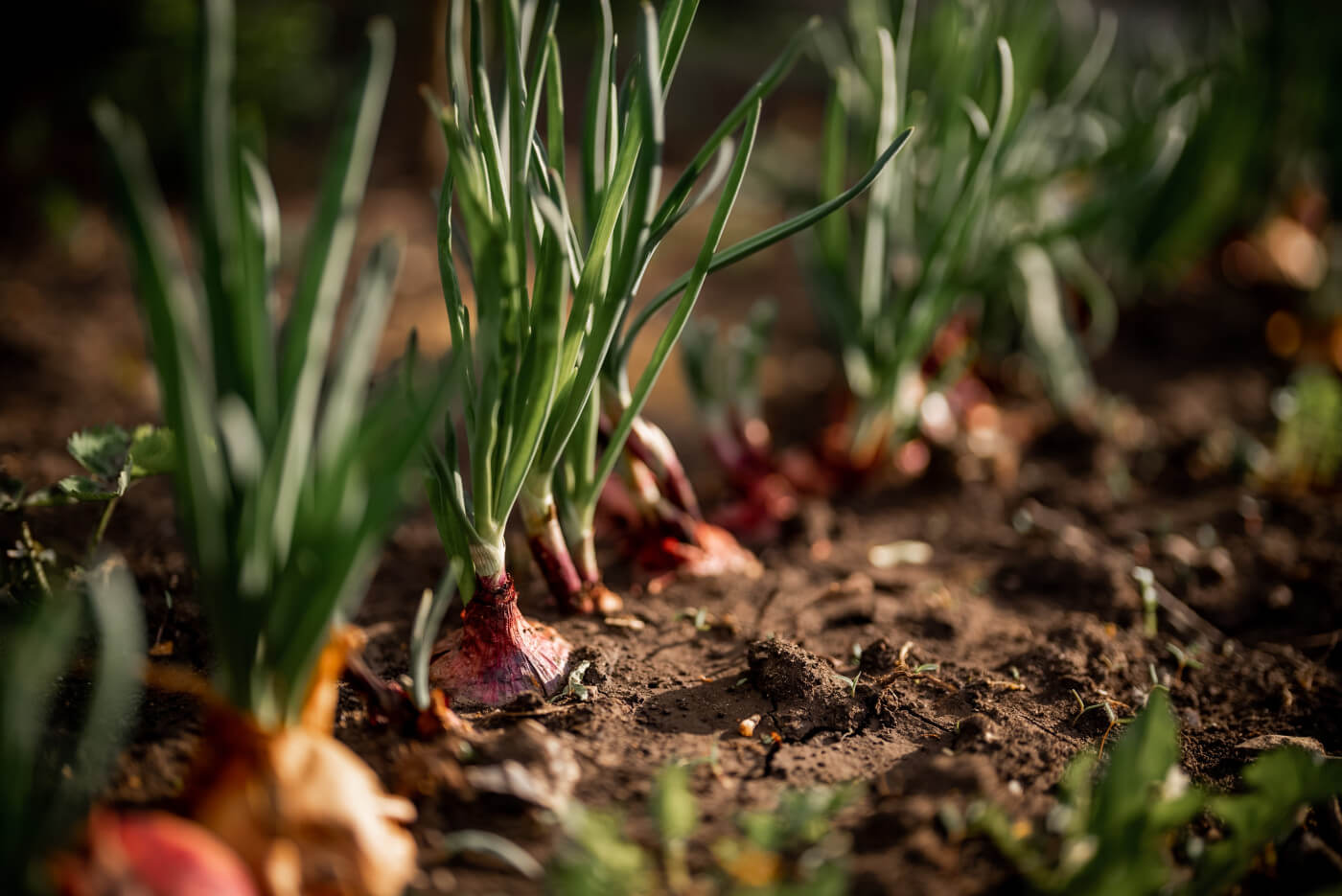
How to Grow Onions

How to grow superb Shallots banana shallots – Haxnicks
Growing Shallots
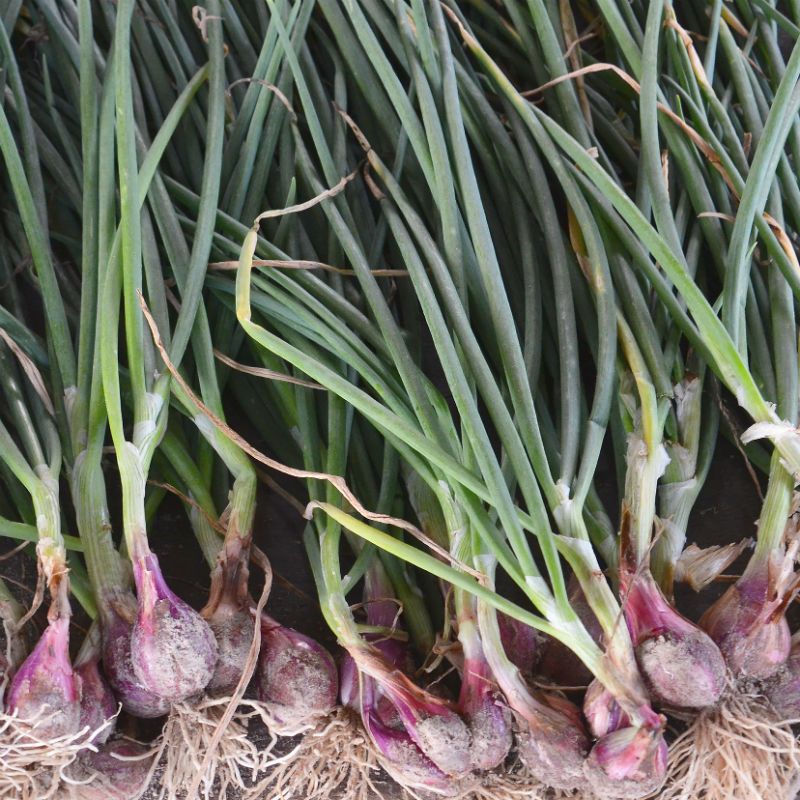
Planting & Growing Shallots - Stark Bro's

How to Grow I'itoi Onions - Growing In The Garden

What are Shallots? - Gardening Resources from Grow Organic
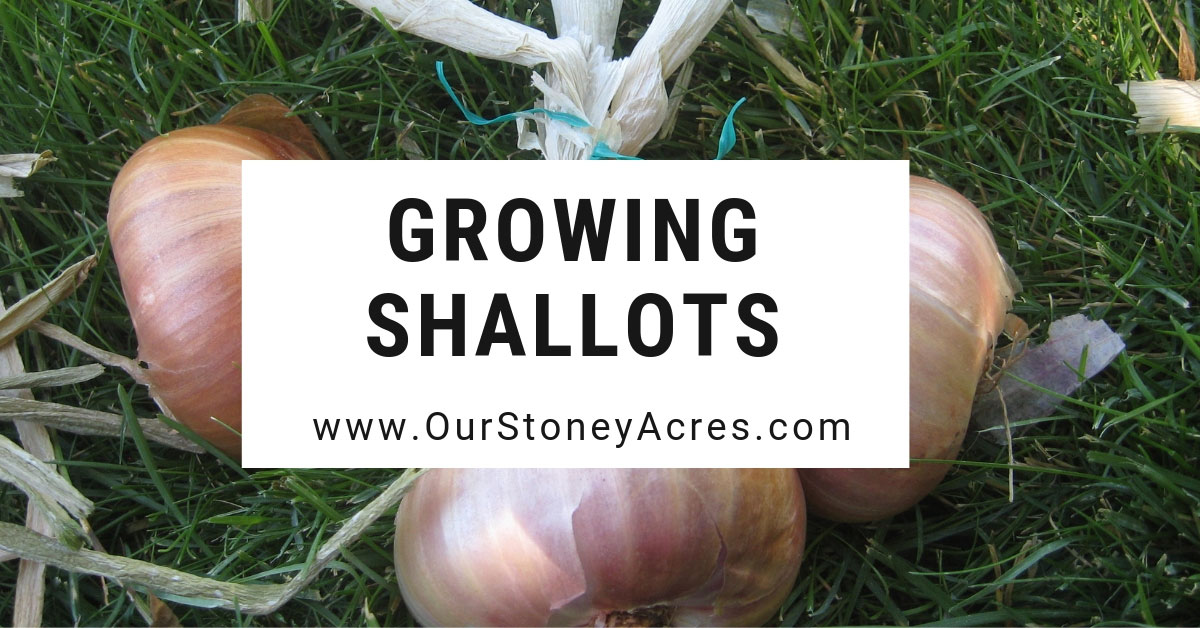
Growing Shallots in the Home Garden - Our Stoney Acres
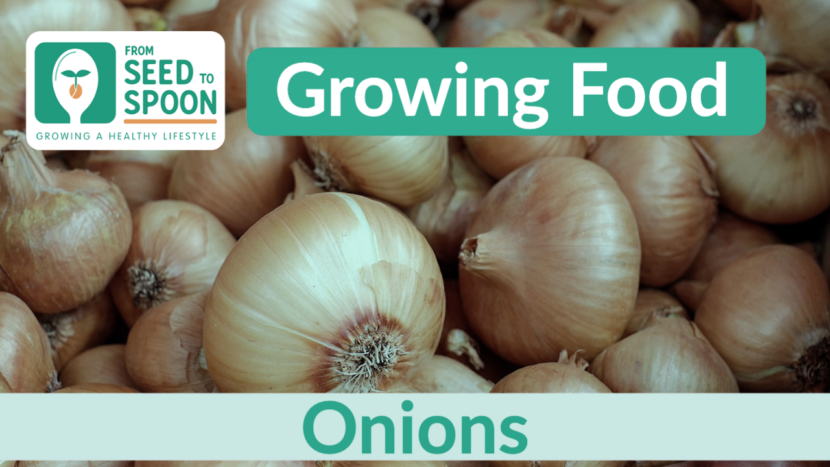
Onions: How to Grow and When to Plant in Your Backyard or Patio

How to Grow Shallots - Organic Gardening Blog
Recomendado para você
-
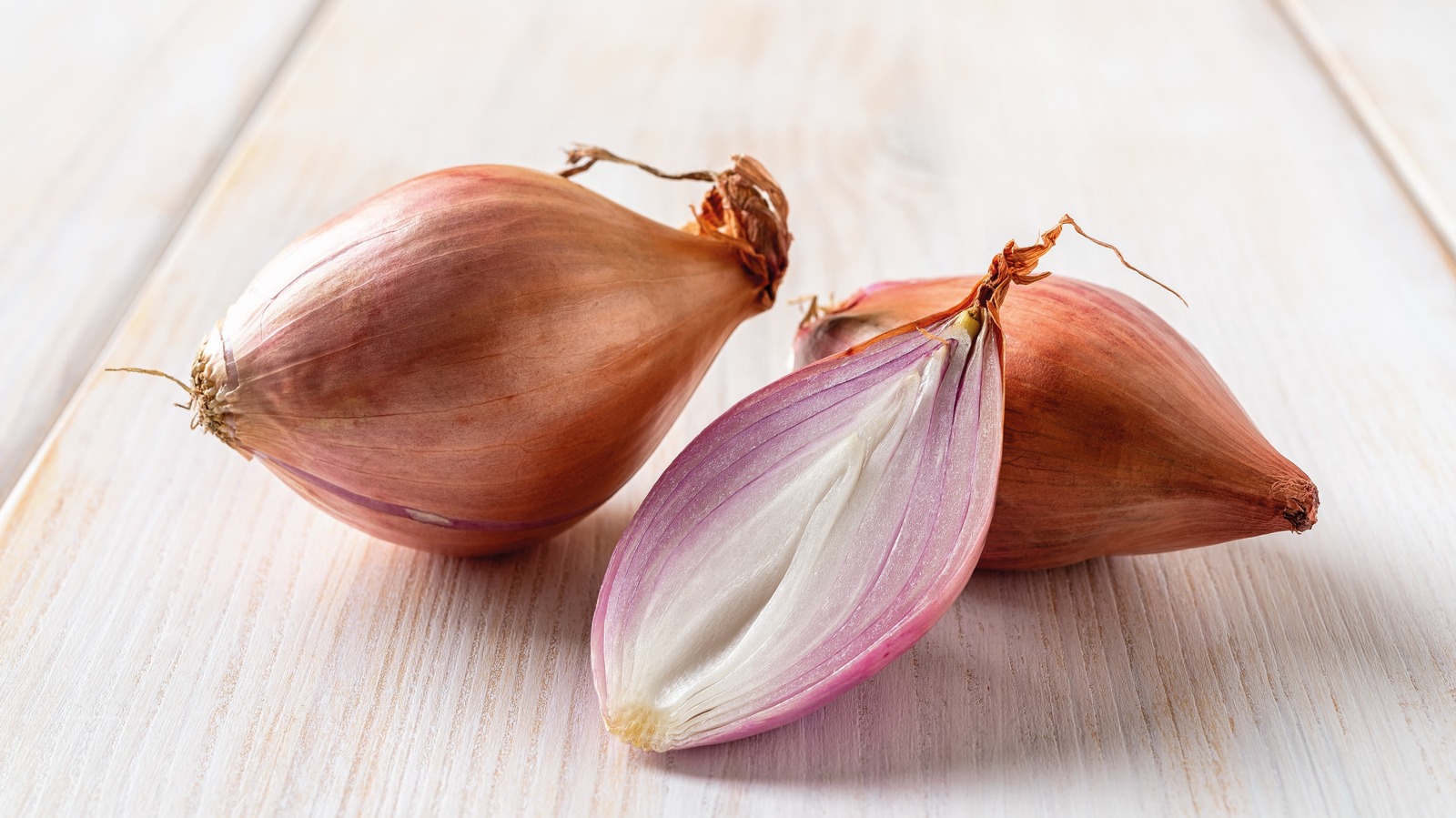 15 Tips You Need When Cooking With Shallots28 março 2025
15 Tips You Need When Cooking With Shallots28 março 2025 -
 5 Reasons To Include Tasty Shallots In Your Diet28 março 2025
5 Reasons To Include Tasty Shallots In Your Diet28 março 2025 -
 Echallion Creme Brulee Hybrid Shallot Seeds28 março 2025
Echallion Creme Brulee Hybrid Shallot Seeds28 março 2025 -
 What is shallot: characteristics - Ristomanager28 março 2025
What is shallot: characteristics - Ristomanager28 março 2025 -
 Zebrune Shallot Onion Seeds – Botanical Interests28 março 2025
Zebrune Shallot Onion Seeds – Botanical Interests28 março 2025 -
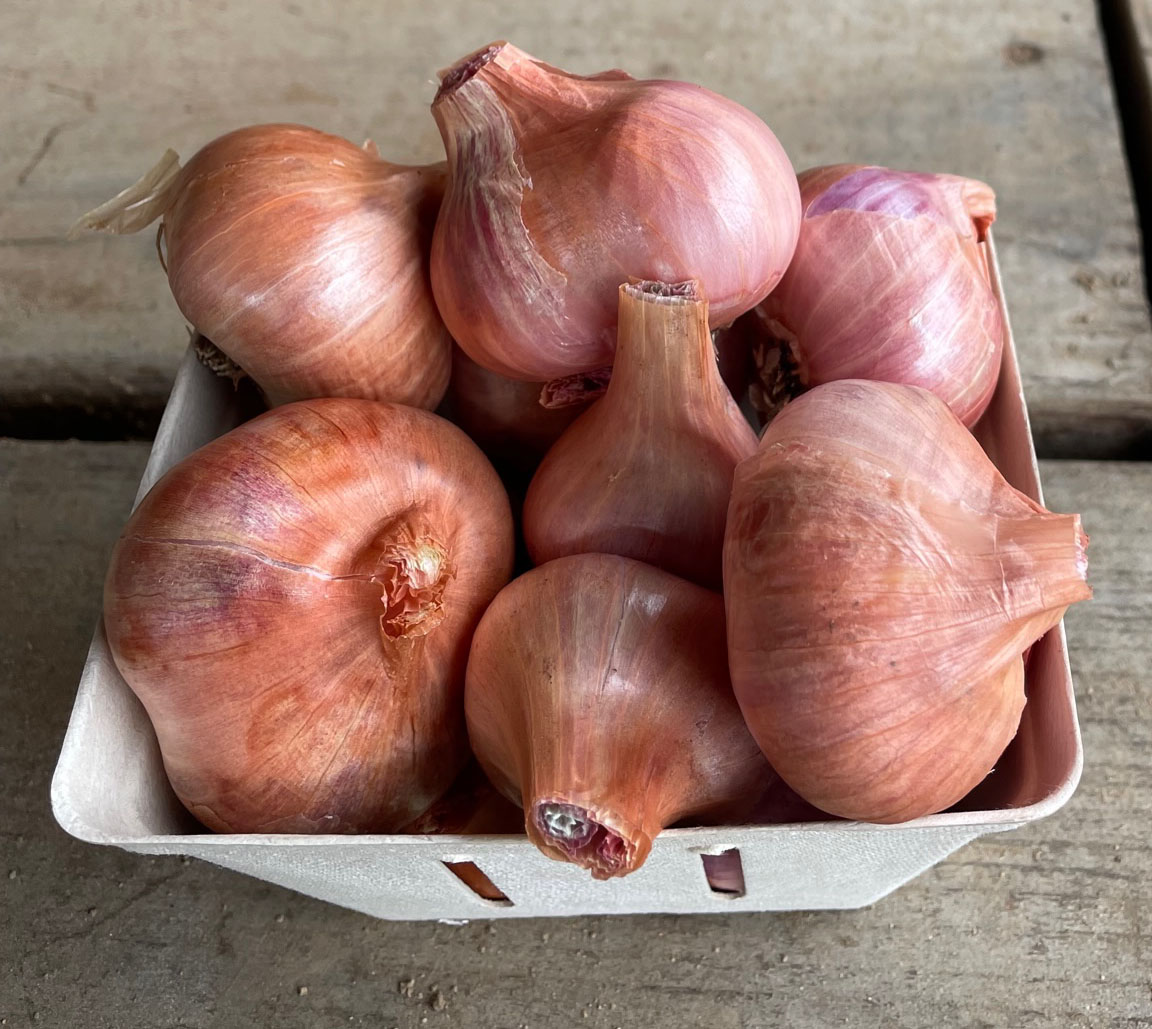 Dutch Red Shallot28 março 2025
Dutch Red Shallot28 março 2025 -
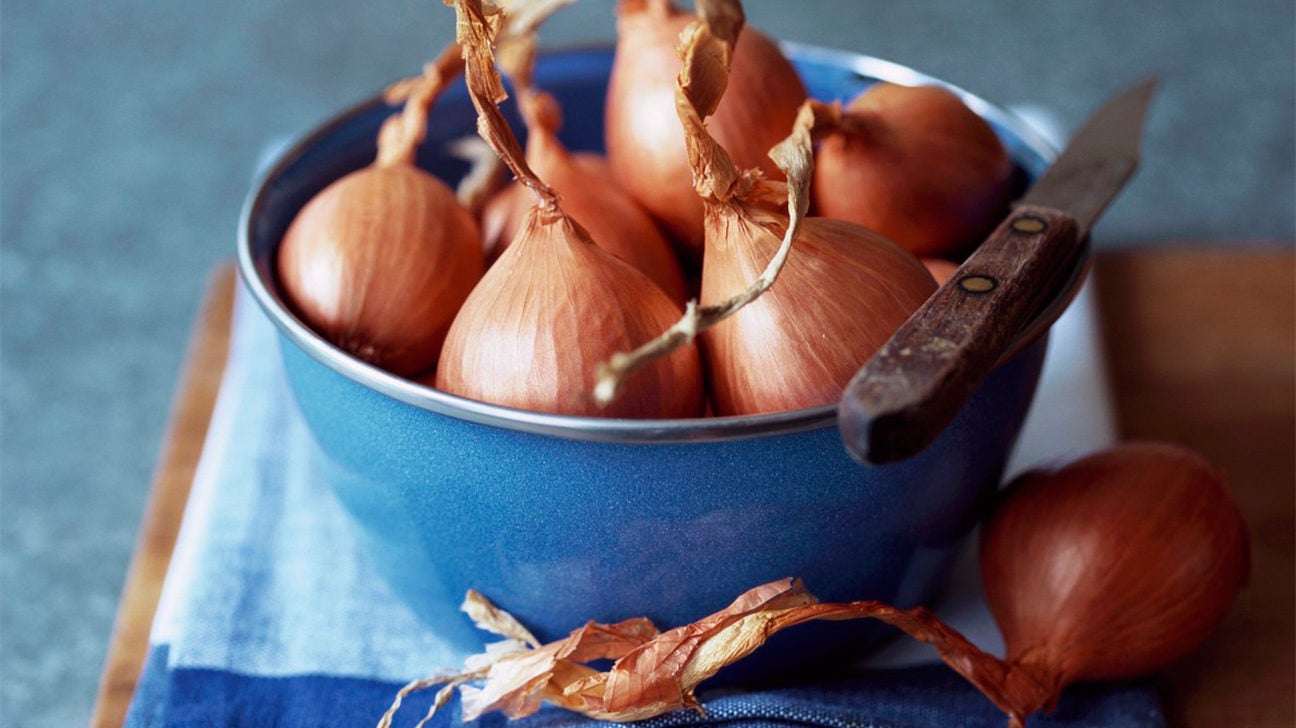 What Are Shallots? Nutrition, Benefits, and Substitutes28 março 2025
What Are Shallots? Nutrition, Benefits, and Substitutes28 março 2025 -
 Shallots: What Are They, and How to Plant and Grow Them28 março 2025
Shallots: What Are They, and How to Plant and Grow Them28 março 2025 -
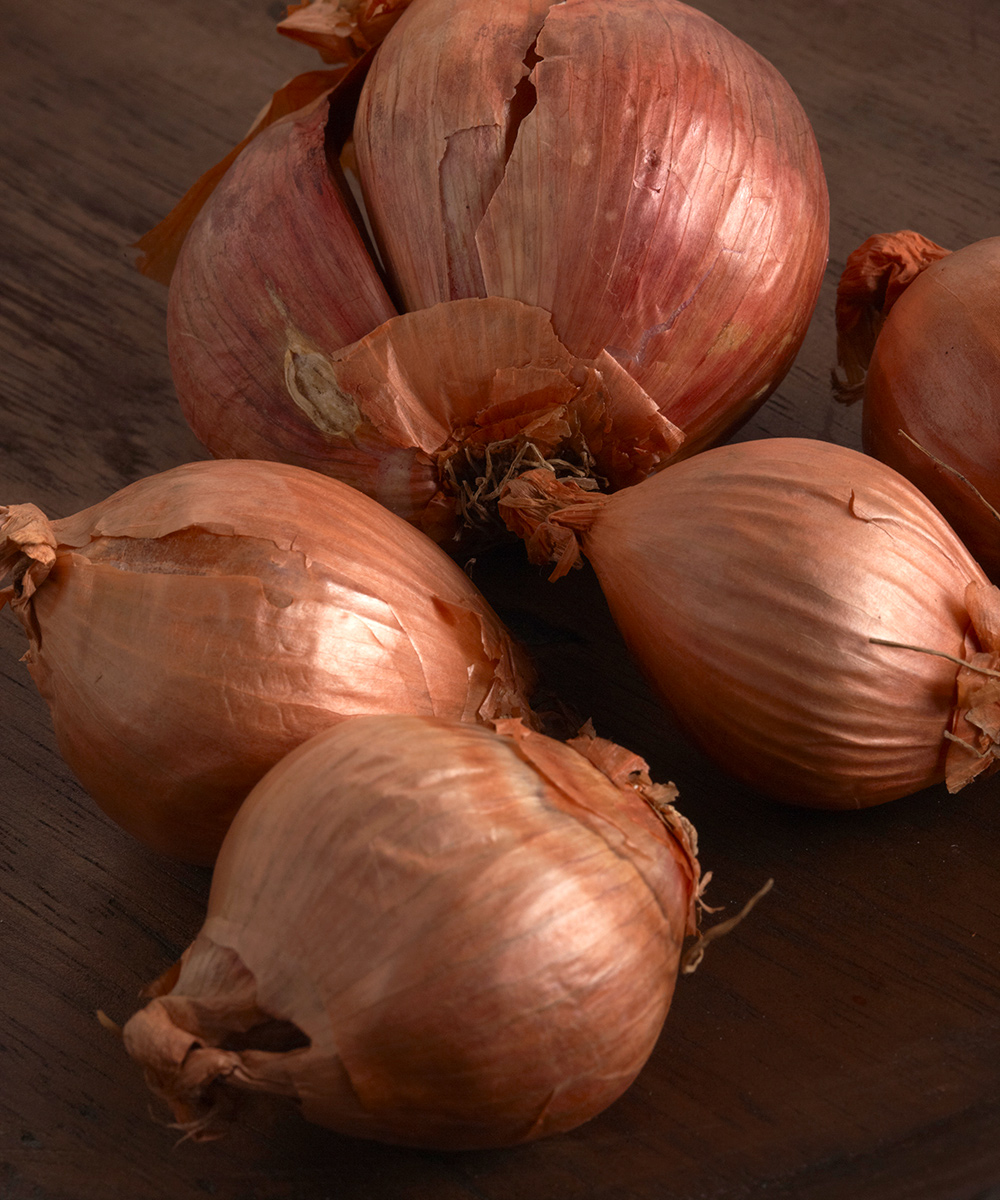 Growing Shallots in the Southern Plains - FineGardening28 março 2025
Growing Shallots in the Southern Plains - FineGardening28 março 2025 -
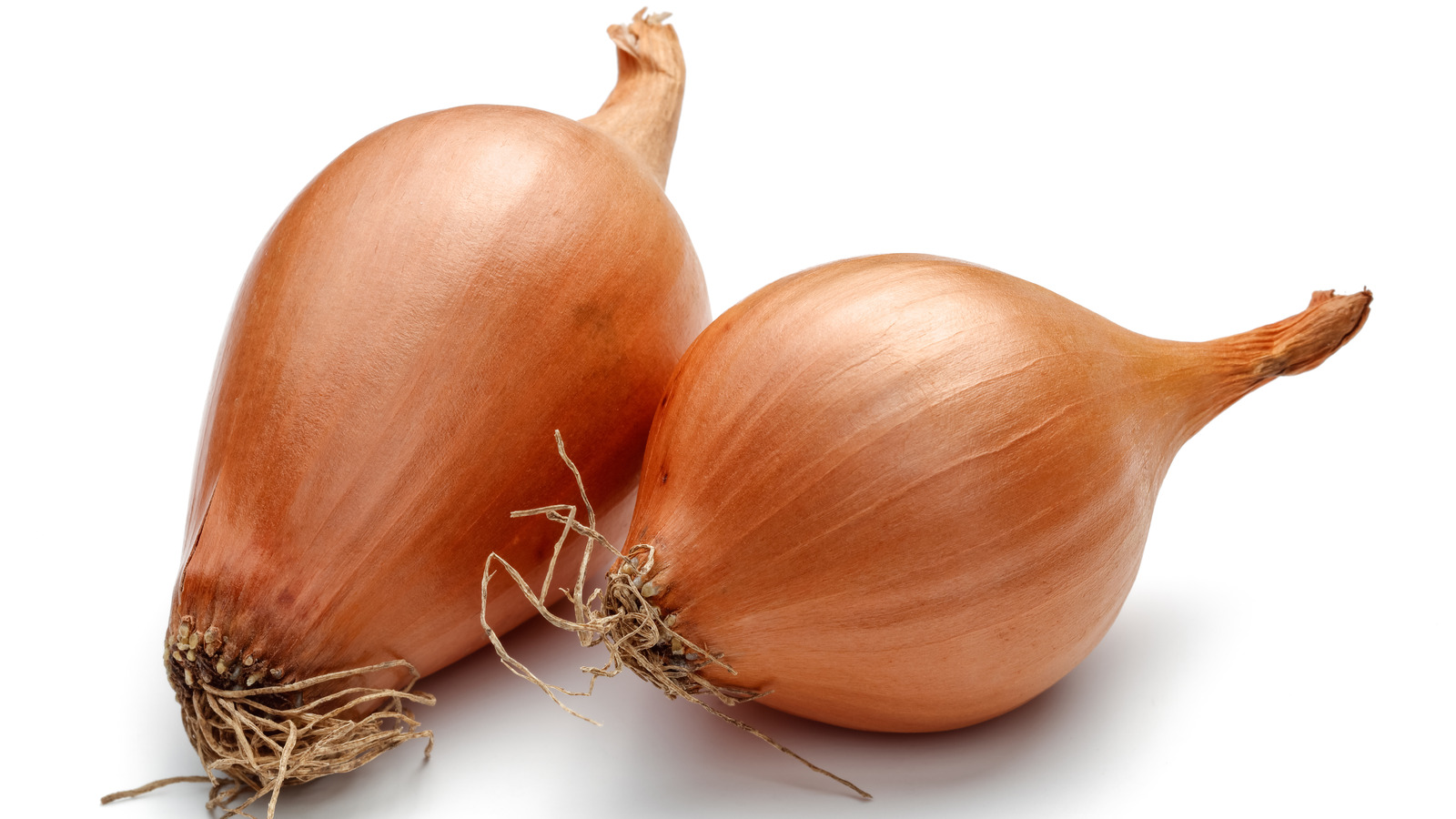 What Are Shallots And What Do They Taste Like?28 março 2025
What Are Shallots And What Do They Taste Like?28 março 2025
você pode gostar
-
 Gild Tesoro, One Piece Wiki28 março 2025
Gild Tesoro, One Piece Wiki28 março 2025 -
 BARRANKO LANCHES, Santa Maria - Nossa Senhora de Fatima - Comentários de Restaurantes, Fotos & Número de Telefone28 março 2025
BARRANKO LANCHES, Santa Maria - Nossa Senhora de Fatima - Comentários de Restaurantes, Fotos & Número de Telefone28 março 2025 -
Editora Draco - A terceira das dez obras que mudaram a história da Editora Draco nessa década é uma coletânea de ficção científica inovadora! Solarpunk - histórias ecológicas e fantásticas em um28 março 2025
-
ratos gigantes em nova york|Pesquisa do TikTok28 março 2025
-
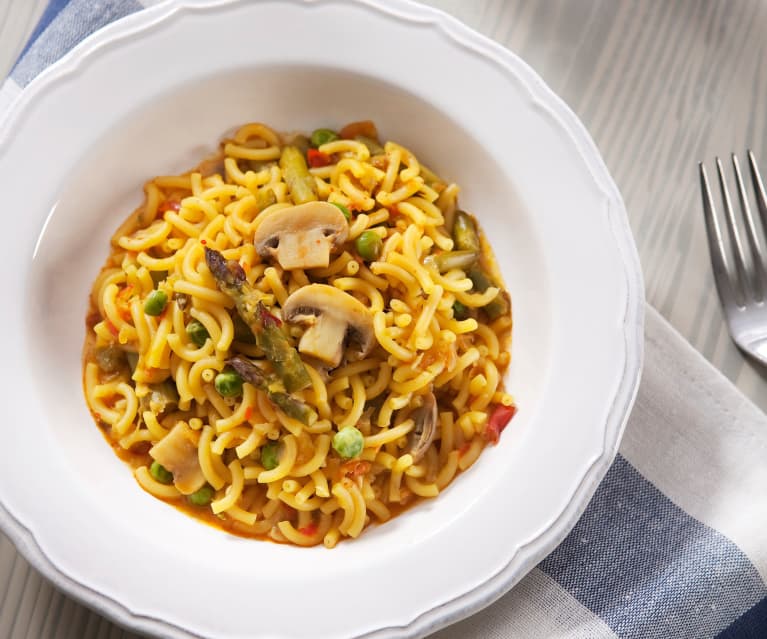 Vegetable fideuá - Cookidoo® – the official Thermomix® recipe platform28 março 2025
Vegetable fideuá - Cookidoo® – the official Thermomix® recipe platform28 março 2025 -
 Category:Economy, Tower Defense Simulator Wiki28 março 2025
Category:Economy, Tower Defense Simulator Wiki28 março 2025 -
Prefeitura colhe sugestões para melhorias das feiras livres28 março 2025
-
 Baixe Choo charles trem aranha jogo no PC28 março 2025
Baixe Choo charles trem aranha jogo no PC28 março 2025 -
 Read Maou-Sama, Retry! R Chapter 1: Fujisaki Akane on Mangakakalot28 março 2025
Read Maou-Sama, Retry! R Chapter 1: Fujisaki Akane on Mangakakalot28 março 2025 -
Como The Rock ficou tão grande sem esteróides? - Quora28 março 2025

